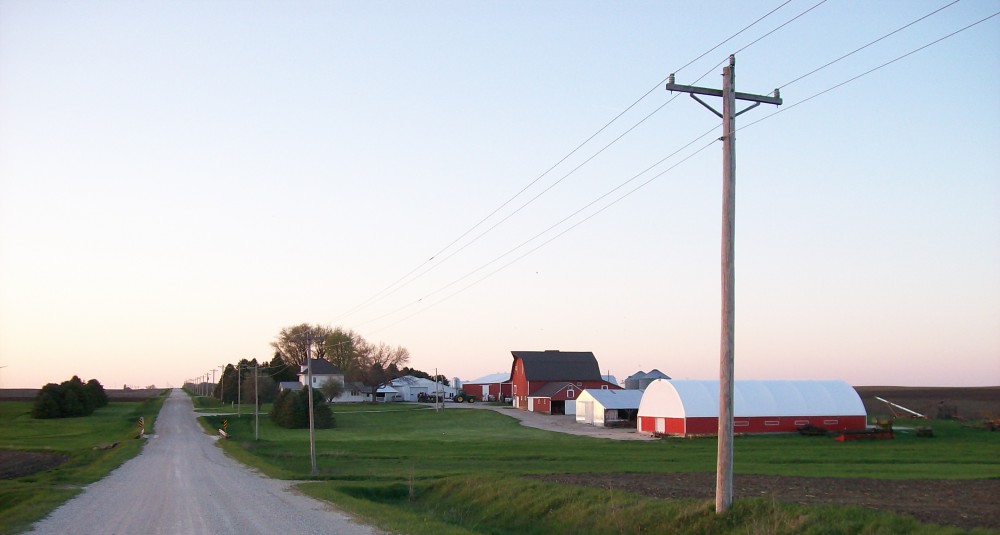The highlight of today for many was seeing buffalo in the Neal Smith Wildlife Refuge; however, the largest takeaway of the day for me was discussing runoff and water pollution with the Iowa Environmental Council. The focus of the conversation centered around nitrogen runoff as Jennifer Terry had worked for Des Moines Water Works for a period of time which overlapped with the water lawsuit. First, we discussed drainage districts and how it is a powerful political entity. A drainage district is owned by two or more farmers. Jen said that these districts have power with little accountability, a dangerous combination in her estimation. They can tax property and use eminent domain to make those within the drainage district upgrade their tiling systems. I believe that drainage districts could be used as a solution to the water problem, but more on this later.
Tiled water does not stay local, and the runoff goes into the Des Moines or Raccoon rivers and to the water filtration facilities, where local taxpayers pay for the nitrates to be filtered out at the tune of up to $8,000 a day it is used. A solution proposed is to monitor tile drainage and keep the source below levels and if this is done give the farmers/ drainage district a bonus. Usage of oxbows, no-till, and wood chips to filter nitrates are all valid solutions; but after visiting the Neal Smith Wildlife Refuge and seeing their STRIPS project, I am convinced that prairie strips could be the most practical solution.
Omar de Kok-Mercado, a STRIPS Iowa project coordinator, showed the class how practical it is. You must grow the strips to be at least 30 ft. long and they help strengthen the soil, and capture runoff. They must use all local plants in the area and have two blooming flowers. The solution that seems practical to me is to create laws (possibly on a state level) to use the drainage districts as a tool, and to require any use or areas that pool water easily or are extremely unproductive to be turned into prairie strips. They will help to reduce runoff, and the landowners will receive incentives from the government that are listed in the 2018 Farm Bill for participating. Omar had said there were about 65 prairie strips on farms in Iowa currently, and all were created before it was listed in the Farm Bill, so this number is expected to increase.
What the STRIPS project does is similar to what Heath Stolee is doing, however, it is on a larger scale, and is not permanent as a farmer may remove the prairie strips whenever they choose. This project is one of many solutions currently being researched to reduce runoff and to me looks more promising than Miscanthus.
